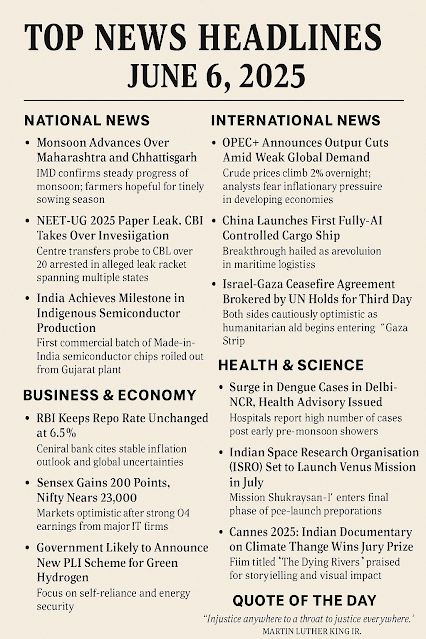Featured
- Get link
- X
- Other Apps
Case Study: How Digital Payments Transformed Rural India
Case Study: How Digital Payments Transformed Rural India
Background
Before 2015, rural India heavily relied on cash transactions for almost every activity — from buying groceries to paying wages. Banking penetration was low, and most villagers didn’t have savings accounts or even know how to use them.
Digital payments were considered an “urban” thing, and rural communities remained untouched by the fintech revolution.
The government recognized this as a major barrier to economic growth and financial inclusion. With the rise of smartphones and cheap internet, a new opportunity emerged to change the system.
Problem
- Low Financial Inclusion – Only about 35% of rural households had an active bank account in 2014.
- Distance & Accessibility Issues – Villagers often traveled 10–15 km to reach the nearest bank or ATM.
- Cash Dependency – Farmers, shopkeepers, and workers preferred cash for daily transactions, making it difficult to track earnings and savings.
- Lack of Awareness – Many people didn’t trust or understand digital banking systems.
Intervention
The transformation began with Pradhan Mantri Jan Dhan Yojana (PMJDY) in 2014, which aimed to provide a zero-balance bank account to every Indian household. This was followed by other key developments:
- UPI Launch in 2016 – Unified Payments Interface made instant bank transfers possible through mobile apps like Google Pay, PhonePe, and Paytm.
- Aadhaar Integration – Biometric authentication linked bank accounts to Aadhaar for easier identification and reduced fraud.
- Digital Literacy Programs – NGOs, banks, and fintech firms trained rural citizens to use smartphones for banking.
- Direct Benefit Transfer (DBT) – Government subsidies (like LPG, pensions, and scholarships) were directly credited to bank accounts.
Outcome
The results were remarkable:
- Banking Access Surge – By 2023, over 75% of rural households had functional bank accounts.
- UPI Explosion – UPI transactions in rural areas grew by over 600% in just five years.
- Empowered Women Entrepreneurs – Women selling dairy products, handicrafts, and farm goods began receiving direct payments, avoiding middlemen.
- Reduced Cash Theft & Leakages – With payments going directly into accounts, corruption and cash theft declined.
Real-Life Example
Seema Devi, a vegetable seller in Bihar, started accepting payments via UPI in 2019. Earlier, she had to rely on middlemen to get paid, which delayed her income. Now, customers pay instantly through QR codes, and she saves more than ₹2,000 monthly by avoiding commissions.
Lessons Learned
- Infrastructure + Awareness = Real Change – Building digital payment systems isn’t enough; people must be trained to use them.
- Small Steps, Big Impact – Opening bank accounts and linking them to digital platforms brought millions into the formal economy.
- Inclusivity Boosts Growth – Financial inclusion allowed rural India to actively participate in the national economy.
- Get link
- X
- Other Apps



Comments
Post a Comment